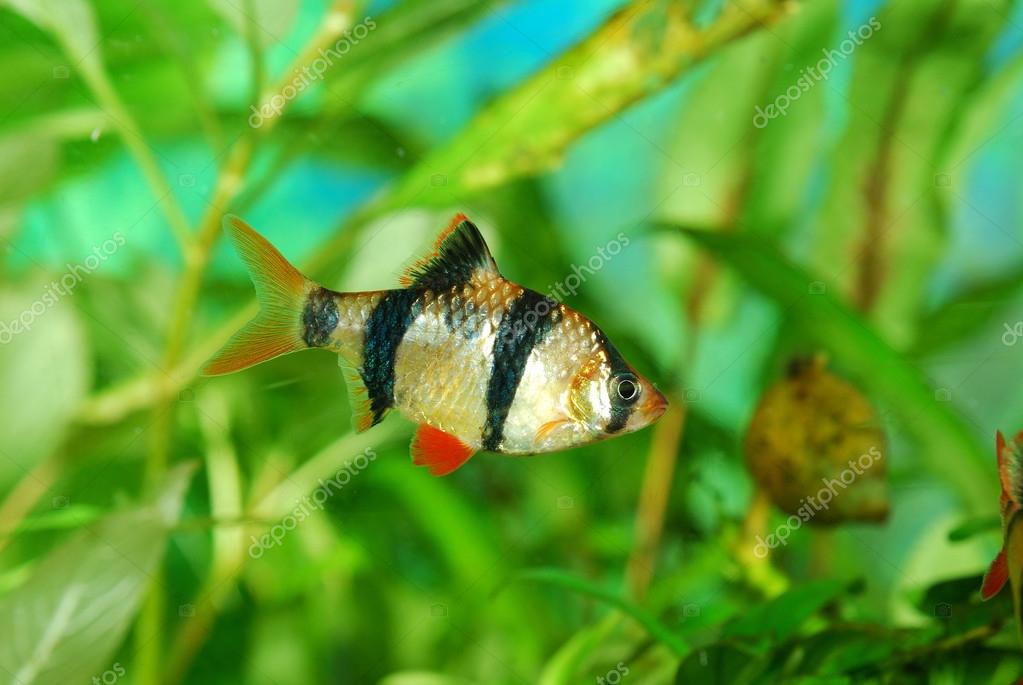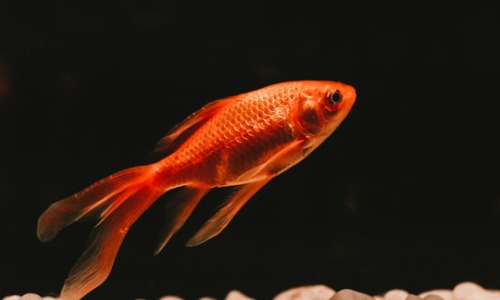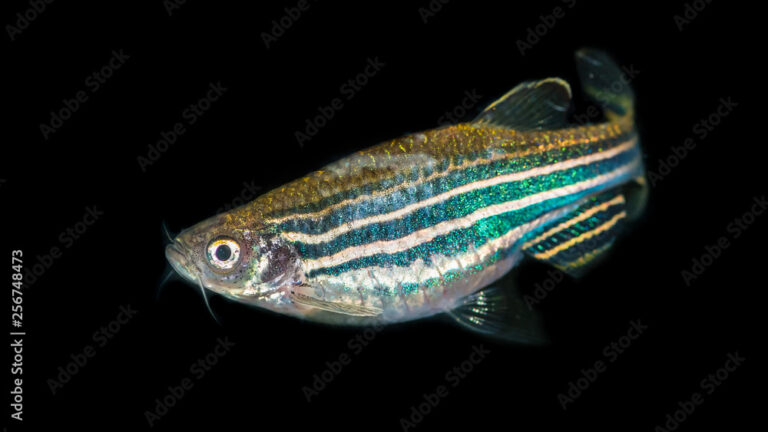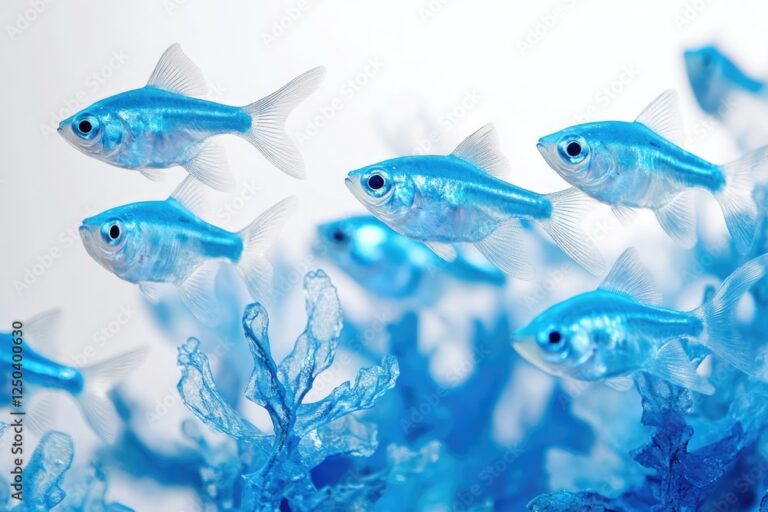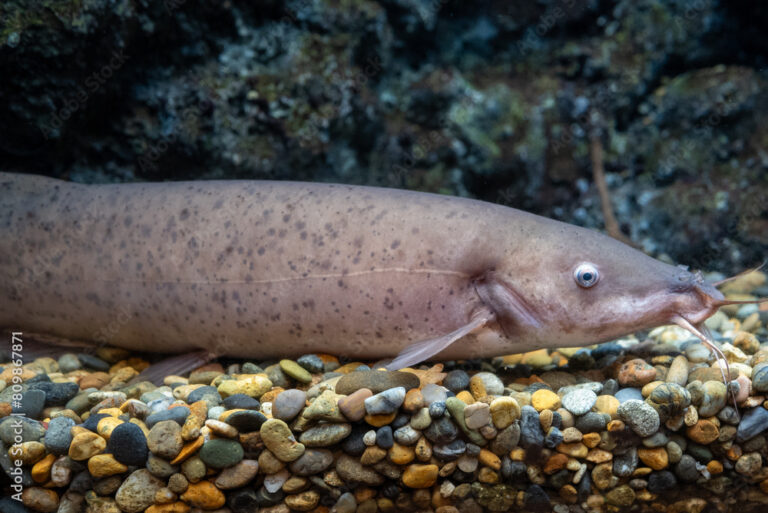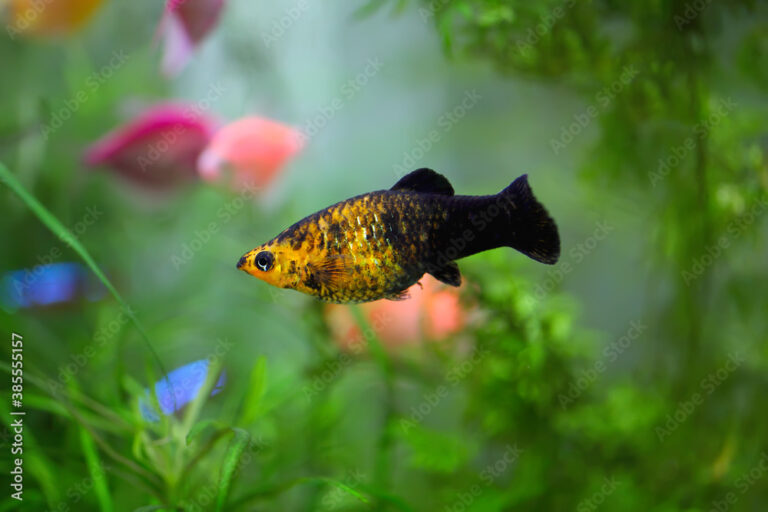A Guide to Freshwater Barb Fish for Aquarium Enthusiasts

Barb fish are a popular choice among aquarium hobbyists for their vibrant colors, energetic personalities, and ease of care. From the lively Tiger Barb to the graceful Cherry Barb, this freshwater fish family offers a range of species that can add beauty and excitement to your aquarium. But how do you choose the right barbs, and what does it take to care for them successfully?
This guide will take you through everything you need to know about barb fish, including the most popular species, how to set up your aquarium, feeding tips, disease prevention, and even breeding insights. Whether you’re a seasoned fishkeeper or a beginner looking to diversify your tank, you’ll walk away with actionable knowledge to ensure your barbs thrive.
What Makes Barb Fish Special
Barbs belong to the family Cyprinidae, which includes over 2,000 species. Native to Asia and Africa, these freshwater fish are specifically known for their schooling nature and striking patterns. Unlike solitary fish, barbs are social creatures, often seen darting around in energetic groups when housed together. They’re ideal for community tanks as long as their tankmates are carefully chosen (more on this below).
Their hardy nature makes them a good fit for beginners, while the variety of species offers endless possibilities for advanced hobbyists to explore. Some species, like the Tiger Barb, are known for their bold and playful habits, while others, such as the Cherry Barb, have a calmer demeanor. This diversity of colors, sizes, and temperaments makes them a favorite choice for many fish enthusiasts.
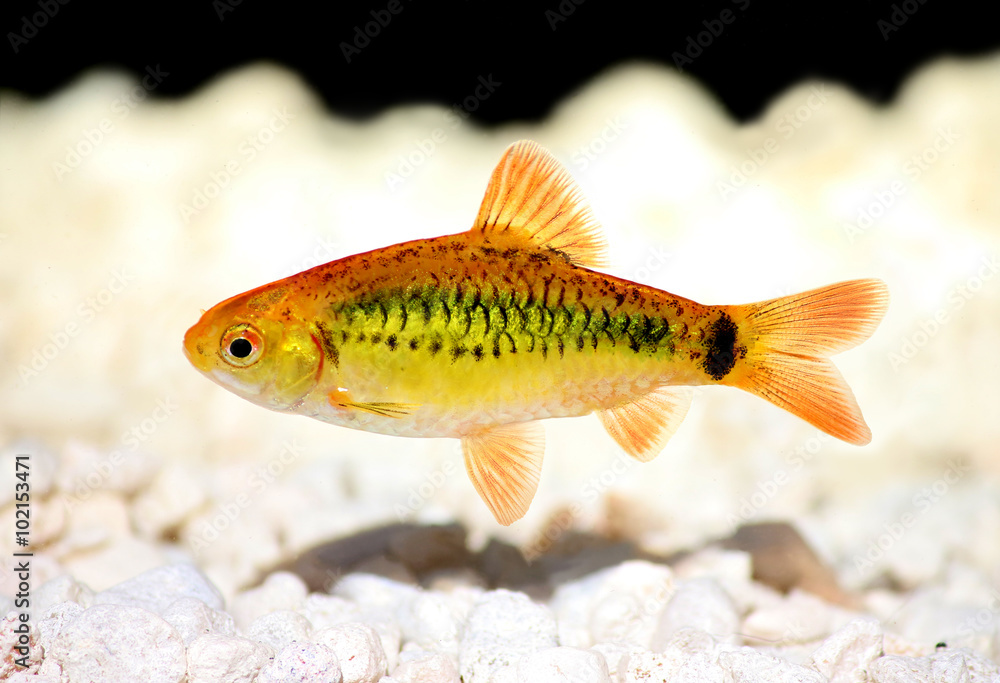
Popular Barb Species for Home Aquariums
There are dozens of barb species that fishkeepers can add to their freshwater aquariums, each with unique traits and care requirements. Here are some crowd favorites:
Cherry Barbs (Puntius titteya)
- Size: 1.5-2 inches
- Temperament: Peaceful
- Key Traits: Cherry Barbs are vibrant red with streamlined bodies. Their calm nature makes them perfect for community tanks with similar-sized, peaceful fish.
Tiger Barbs (Puntigrus tetrazona)
- Size: 2-3 inches
- Temperament: Active and semi-aggressive
- Key Traits: Recognized by their iconic black vertical stripes and orange accents, Tiger Barbs are incredibly active. They do best in larger groups to reduce aggression.
Rosy Barbs (Pethia conchonius)
- Size: 4-6 inches
- Temperament: Hardy and peaceful
- Key Traits: Rosy Barbs have a pinkish hue and a shimmer that catches light beautifully. They are adaptable to various water conditions, making them beginner-friendly.
Odessa Barbs (Pethia padamya)
- Size: 2-3 inches
- Temperament: Active but non-aggressive
- Key Traits: Eye-catching with their black bodies and vibrant red stripes. Odessa Barbs are relatively new to the hobby but rapidly gaining popularity.
Gold Barbs (Barbodes semifasciolatus)
- Size: 2-3 inches
- Temperament: Peaceful
- Key Traits: With their metallic gold shine and green tints, Gold Barbs are both hardy and visually stunning, often used to brighten up aquariums.

Setting Up an Aquarium for Barbs
Creating the right environment is essential to ensure your barbs remain healthy and active. Here’s an overview of what your setup should include:
Tank Size
- A minimum of 20 gallons is required for smaller species like Cherry Barbs or Tiger Barbs, while larger species like Rosy Barbs should have at least 30-40 gallons.
- Barbs are schooling fish, so always keep at least 6 of the same species to minimize stress.
Water Parameters
- pH: 6.0 – 7.5
- Temperature: 74°F – 79°F (23°C – 26°C)
- Hardness: 5-15 dGH
Barbs are relatively hardy but appreciate stable water conditions. Regular water changes (about 25% weekly) are a must.
Substrate and Decorations
- Use a dark sandy or fine-graveled substrate to mimic their natural habitat.
- Add driftwood, smooth rocks, and plenty of swimming space.
Lighting and Plants
- Moderate lighting works best. Overly bright lighting can stress some species.
- Use live plants like Java Fern, Anubias, or Amazon Sword to provide hiding spots and improve water quality.
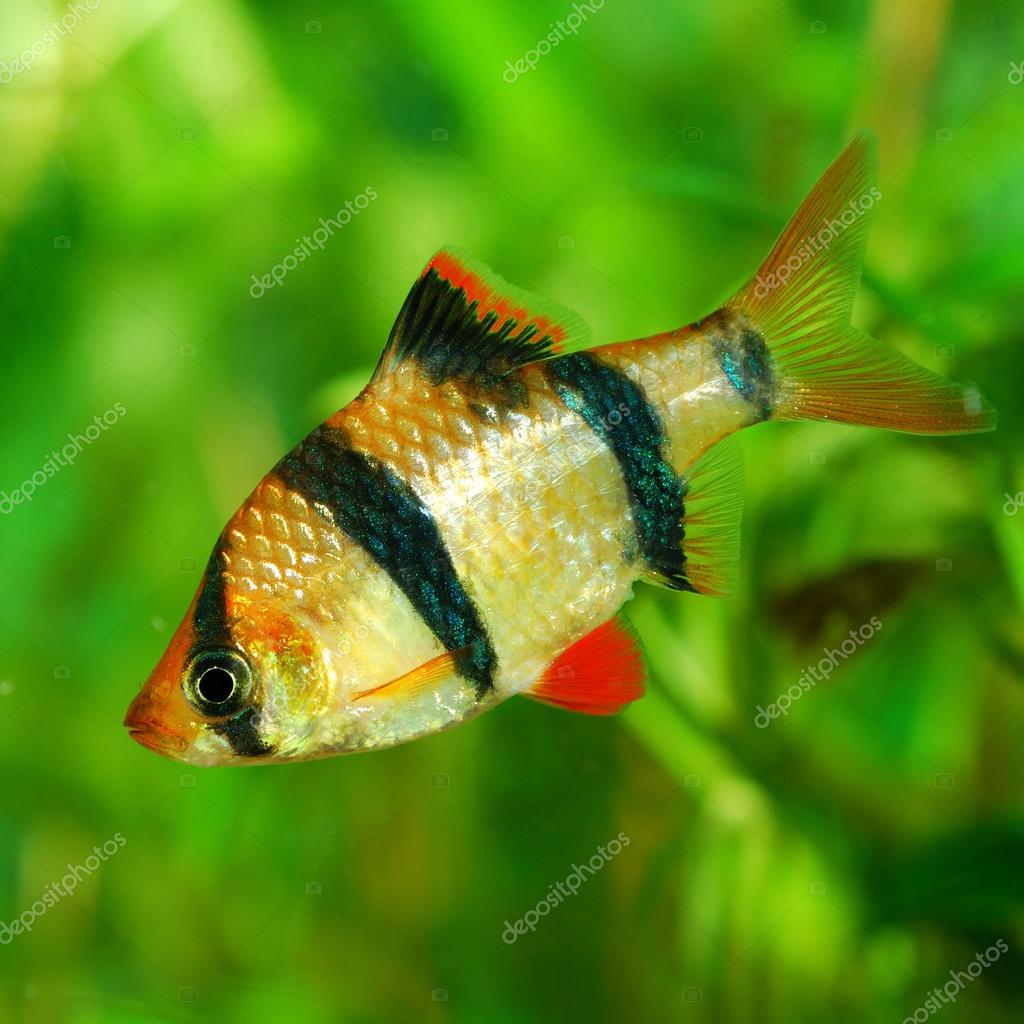
Feeding Barb Fish
Barbs are omnivores, so they require a varied diet to stay vibrant and healthy. Here’s what to include:
What to Feed
- Flakes or Pellets: A high-quality base food that provides balanced nutrition.
- Live or Frozen Foods: Enhance their diet with brine shrimp, bloodworms, or daphnia.
- Vegetables: Blanched spinach or zucchini slices can be offered as occasional treats.
Feeding Tips
- Feed small amounts 2-3 times a day to prevent overfeeding and water contamination.
- Ensure food reaches all members of the school so dominant individuals don’t monopolize meals.
Common Diseases and Prevention
Barbs, like all fish, are susceptible to certain diseases. Knowing what to look out for can make a big difference in preventing outbreaks.
Common Diseases
- Ich (White Spot Disease)
Symptoms include small white spots on the skin and fin clamping. Treat with ich medications and raised water temperature.
- Fin Rot
Frayed fins with discoloration are a sign. Maintain pristine water conditions and use antibacterial treatments.
- Swim Bladder Disorder
Causes buoyancy issues, often due to overfeeding or rapid temperature changes. Adjust feeding habits and water parameters to manage.
Prevention
- Regularly test water parameters to keep conditions stable.
- Quarantine new fish for 1-2 weeks before introducing them to your tank.
- Clean tank equipment and perform regular maintenance to prevent bacterial growth.
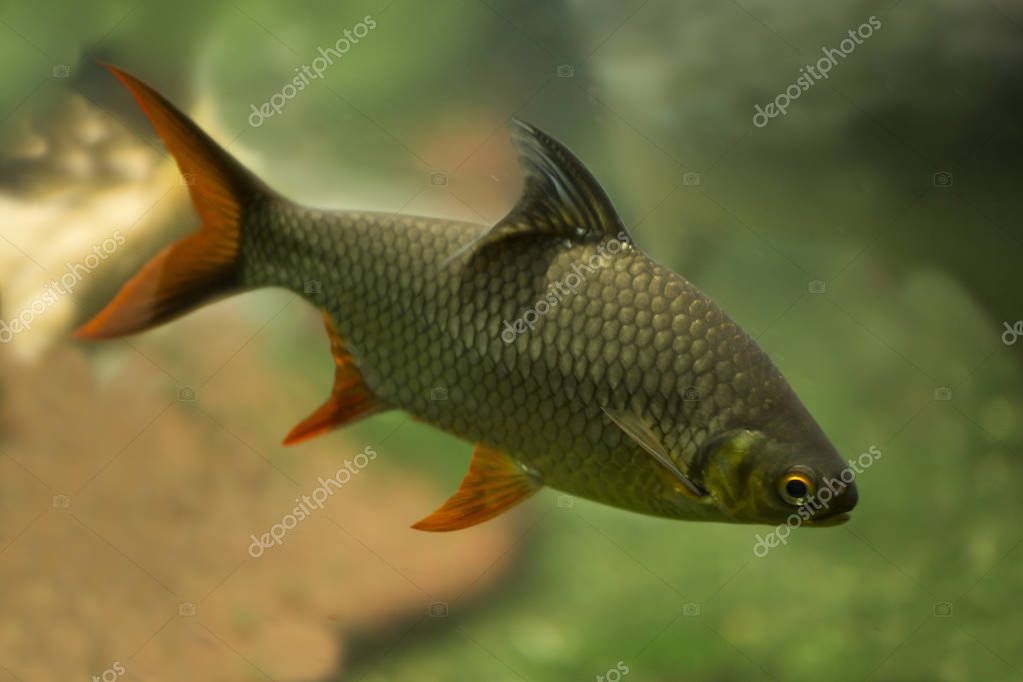
Breeding Barbs in Your Tank
Breeding barbs is possible even for intermediate hobbyists, as most species are egg-layers. Here’s how to do it:
Tank Setup
- Use a 25-gallon or larger breeding tank. Add soft plants like moss for eggs to attach to.
- Maintain a slightly higher temperature (78°F) and soft water conditions.
Spawning Behavior
- Males will display vibrant colors and chase females during the mating process.
- Remove adults post-spawning to prevent egg predation.
Raising Fry
- Feed the fry infusoria or liquid fry food for the first few days, eventually transitioning to baby brine shrimp.
Why Barbs Deserve a Spot in Your Aquarium
Barb fish are incredibly rewarding to keep, offering vibrant colors and lively behavior that can bring any aquarium to life. Their hardiness and wide variety make them suited for beginners and experienced fishkeepers alike. From setting up the ideal tank to feeding and breeding, caring for these fascinating fish can be a fulfilling and enjoyable experience.
If you’re ready to add some barbs to your aquarium, there’s no time like the present to start planning. After all, few things are as satisfying as watching a school of barbs darting gracefully around a beautifully set-up tank!

